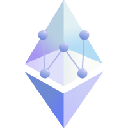-
 Bitcoin
Bitcoin $94,097.4608
-0.27% -
 Ethereum
Ethereum $1,809.1359
0.03% -
 Tether USDt
Tether USDt $1.0003
0.00% -
 XRP
XRP $2.1791
-1.54% -
 BNB
BNB $600.7754
-0.69% -
 Solana
Solana $148.2959
-0.88% -
 USDC
USDC $1.0002
0.03% -
 Dogecoin
Dogecoin $0.1817
-0.93% -
 Cardano
Cardano $0.6988
-2.77% -
 TRON
TRON $0.2497
-0.22% -
 Sui
Sui $3.5889
1.62% -
 Chainlink
Chainlink $14.5624
-2.85% -
 Avalanche
Avalanche $22.3341
0.39% -
 Stellar
Stellar $0.2850
-3.09% -
 UNUS SED LEO
UNUS SED LEO $9.0088
-0.88% -
 Toncoin
Toncoin $3.2713
0.67% -
 Shiba Inu
Shiba Inu $0.0...01375
-4.89% -
 Hedera
Hedera $0.1892
-2.36% -
 Bitcoin Cash
Bitcoin Cash $351.8143
-3.08% -
 Litecoin
Litecoin $86.3377
-0.86% -
 Polkadot
Polkadot $4.1294
-3.55% -
 Hyperliquid
Hyperliquid $17.5625
-1.64% -
 Dai
Dai $1.0000
0.00% -
 Bitget Token
Bitget Token $4.3834
-1.36% -
 Ethena USDe
Ethena USDe $0.9995
0.00% -
 Pi
Pi $0.6390
-1.44% -
 Monero
Monero $227.7916
-0.45% -
 Pepe
Pepe $0.0...08999
-4.50% -
 Uniswap
Uniswap $5.7262
-2.84% -
 Aptos
Aptos $5.5151
-1.76%
One article to fully understand what MOVR coins are, the characteristics of MOVR coins, and future development trends
MOVR coins, used for transaction fees, staking, and governance, support the Moonriver blockchain's low fees, fast transactions, interoperability, and future growth prospects.
Oct 31, 2024 at 11:52 am

Understanding MOVR Coins: Features, Benefits, and Future Prospects
1. What is MOONRIVER (MOVR)?
MOONRIVER (MOVR) is an Ethereum-compatible blockchain platform designed for building and deploying decentralized applications (dApps). It is a sister network to Kusama, the canary network of the Polkadot ecosystem.
2. Key Characteristics of MOVR Coins
MOVR coins are the native cryptocurrency of the Moonriver blockchain. They play several crucial roles within the ecosystem, including:
- Transaction Fees: MOVR coins are used to pay transaction fees on the Moonriver network.
- Staking: Users can stake MOVR coins to contribute to the security and validation process of the network. In return, they earn rewards.
- Governance: MOVR coins confer voting rights on their holders, allowing them to participate in decision-making through on-chain governance proposals.
3. Benefits of Using MOVR Coins
Using MOVR coins offers several advantages:
- Low Transaction Fees: The transaction fees on Moonriver are significantly lower than on Ethereum.
- Fast Transaction Times: Transactions on Moonriver are processed quickly, typically within a few seconds.
- Interoperability: Moonriver's compatibility with Ethereum makes it easy to migrate dApps and assets between the two chains.
- Cross-Chain Interoperability: Moonriver serves as a bridge between Ethereum and Polkadot, enabling cross-chain transactions and interactions.
4. Future Development Trends for MOVR
The future development trends for MOVR include:
- Increased Adoption: Moonriver is gaining significant traction among developers due to its low fees and fast transactions.
- Ecosystem Growth: The Moonriver ecosystem is rapidly expanding with new projects and dApps being built.
- Strategic Partnerships: Moonriver has forged partnerships with leading blockchain projects such as Chainlink and The Graph.
- Integration with Polkadot: Moonriver's interoperability with Polkadot will drive future cross-chain collaborations and innovations within the broader ecosystem.
Conclusion
MOVR coins are the backbone of the Moonriver blockchain platform. They offer compelling benefits for users and developers, and their future prospects are promising due to the growth of the ecosystem and strategic partnerships. By leveraging MOVR coins, users can take advantage of innovative dApps, enjoy low transaction fees, and participate in shaping the future of decentralized applications.
Disclaimer:info@kdj.com
The information provided is not trading advice. kdj.com does not assume any responsibility for any investments made based on the information provided in this article. Cryptocurrencies are highly volatile and it is highly recommended that you invest with caution after thorough research!
If you believe that the content used on this website infringes your copyright, please contact us immediately (info@kdj.com) and we will delete it promptly.
- Shatterpoint Launches an Early Access Airdrop Campaign
- 2025-04-27 18:20:12
- LUMS Launches CeDAR, a Center for Digital Assets Research
- 2025-04-27 18:20:12
- XRP Price Aims To Surge Above $8, Setting Sights On New ATH
- 2025-04-27 18:15:12
- Solana (SOL) Price Forecast: Targeting $200 as CartelFi Captures Investor Attention
- 2025-04-27 18:15:12
- 🔥 TRADE SETUP – SOLANA (SOL) IS READY FOR A MOVE! 🔥
- 2025-04-27 18:10:12
- Qubetics ($TICS) Snatch Up These 5 Underdog Cryptos Before They Explode
- 2025-04-27 18:10:12
Related knowledge

What is Ethereum’s Slashing mechanism and how to punish malicious behavior?
Feb 20,2025 at 03:08am
Key PointsOverview of slashingDifferent types of slashing in EthereumIncentives and consequences of slashingIdentifying and reporting slashed validatorsOngoing discussions and potential improvementsEthereum's Slashing Mechanism: Punishing Malicious BehaviorEthereum's slashing mechanism is an essential tool for ensuring network security and punishing mal...
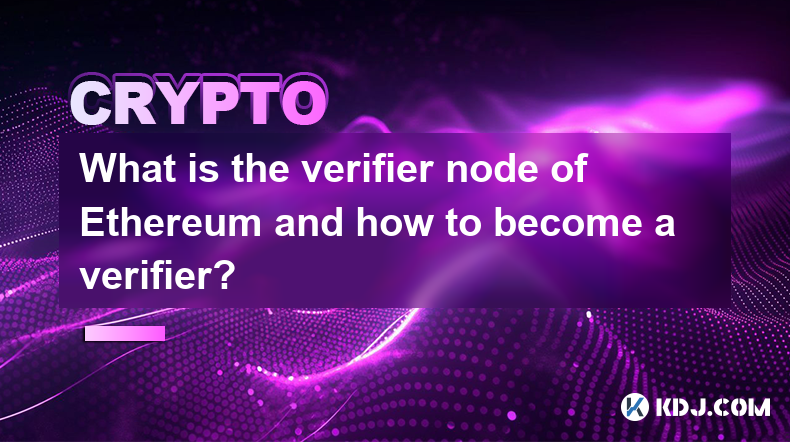
What is the verifier node of Ethereum and how to become a verifier?
Feb 19,2025 at 06:00pm
The Verifier Node of Ethereum: A Comprehensive GuideKey Points:What is a Verifier Node?How to Become a Verifier NodeResponsibilities and Rewards of a Verifier NodeMinimum Requirements for Becoming a Verifier NodePotential Difficulties in Running a Verifier Node1. What is a Verifier Node?A Verifier Node is an independent entity on the Ethereum network th...
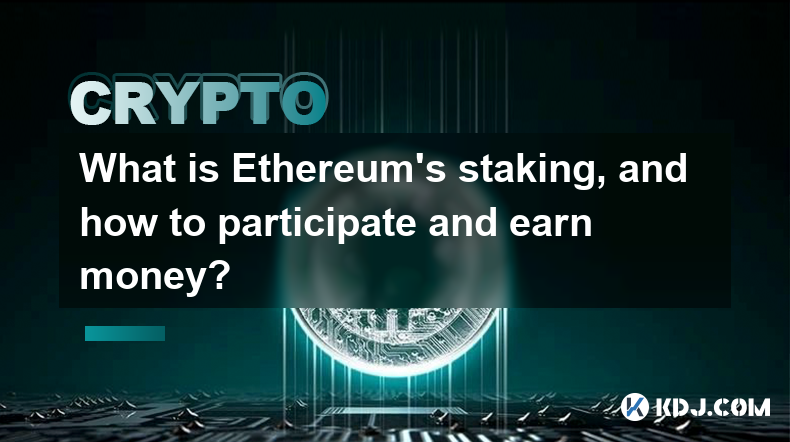
What is Ethereum’s staking, and how to participate and earn money?
Feb 19,2025 at 04:37pm
Key Points:Understanding Ethereum's Staking MechanismSteps to Participate in StakingBenefits and Rewards of StakingSecurity and Risk ConsiderationsTechnical Requirements and Hardware OptionsPotential Challenges and Troubleshooting TipsFAQs on Ethereum StakingWhat is Ethereum's Staking?Proof-of-Stake (PoS) is a consensus mechanism used in blockchain netw...
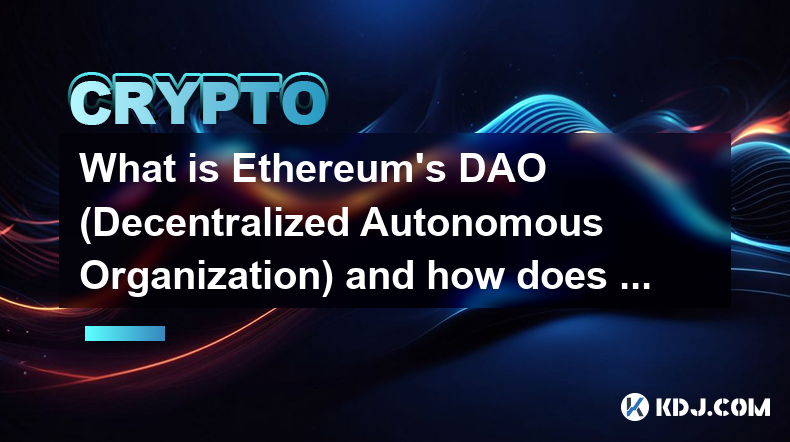
What is Ethereum’s DAO (Decentralized Autonomous Organization) and how does it work?
Feb 20,2025 at 03:12am
Key PointsDefinition and Structure of a DAOGovernance and Decision-Making in DAOsBenefits and Use Cases of DAOsChallenges and Limitations of DAOsWhat is Ethereum's DAO (Decentralized Autonomous Organization) and How Does It Work?Definition and Structure of a DAOA Decentralized Autonomous Organization (DAO) is an innovative governance and management fram...
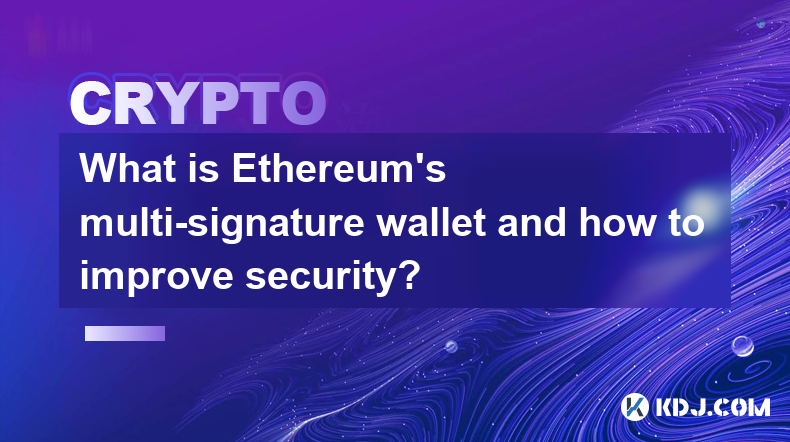
What is Ethereum's multi-signature wallet and how to improve security?
Feb 20,2025 at 02:18pm
Key Points:Understanding the Concept of a Multi-Signature WalletBenefits and Drawbacks of Multisig WalletsRequirements for Setting Up a Multisig WalletStep-by-Step Guide to Generating a Multisig WalletImplementing Strategies for Enhanced Security1. Understanding the Concept of a Multi-Signature WalletA multi-signature (multisig) wallet in the Ethereum e...
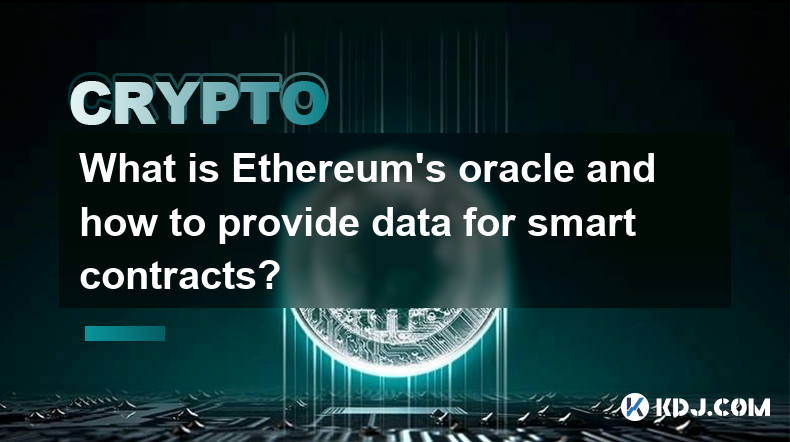
What is Ethereum's oracle and how to provide data for smart contracts?
Feb 21,2025 at 01:30am
Key Points:Understanding the concept of oracles in EthereumExploring different types of oraclesDetailed guide on how to provide data for smart contractsAddressing potential challenges and considerationsWhat is Ethereum's Oracle?Oracles are crucial components in the Ethereum ecosystem, enabling smart contracts to access real-world data and off-chain even...

What is Ethereum’s Slashing mechanism and how to punish malicious behavior?
Feb 20,2025 at 03:08am
Key PointsOverview of slashingDifferent types of slashing in EthereumIncentives and consequences of slashingIdentifying and reporting slashed validatorsOngoing discussions and potential improvementsEthereum's Slashing Mechanism: Punishing Malicious BehaviorEthereum's slashing mechanism is an essential tool for ensuring network security and punishing mal...

What is the verifier node of Ethereum and how to become a verifier?
Feb 19,2025 at 06:00pm
The Verifier Node of Ethereum: A Comprehensive GuideKey Points:What is a Verifier Node?How to Become a Verifier NodeResponsibilities and Rewards of a Verifier NodeMinimum Requirements for Becoming a Verifier NodePotential Difficulties in Running a Verifier Node1. What is a Verifier Node?A Verifier Node is an independent entity on the Ethereum network th...

What is Ethereum’s staking, and how to participate and earn money?
Feb 19,2025 at 04:37pm
Key Points:Understanding Ethereum's Staking MechanismSteps to Participate in StakingBenefits and Rewards of StakingSecurity and Risk ConsiderationsTechnical Requirements and Hardware OptionsPotential Challenges and Troubleshooting TipsFAQs on Ethereum StakingWhat is Ethereum's Staking?Proof-of-Stake (PoS) is a consensus mechanism used in blockchain netw...

What is Ethereum’s DAO (Decentralized Autonomous Organization) and how does it work?
Feb 20,2025 at 03:12am
Key PointsDefinition and Structure of a DAOGovernance and Decision-Making in DAOsBenefits and Use Cases of DAOsChallenges and Limitations of DAOsWhat is Ethereum's DAO (Decentralized Autonomous Organization) and How Does It Work?Definition and Structure of a DAOA Decentralized Autonomous Organization (DAO) is an innovative governance and management fram...

What is Ethereum's multi-signature wallet and how to improve security?
Feb 20,2025 at 02:18pm
Key Points:Understanding the Concept of a Multi-Signature WalletBenefits and Drawbacks of Multisig WalletsRequirements for Setting Up a Multisig WalletStep-by-Step Guide to Generating a Multisig WalletImplementing Strategies for Enhanced Security1. Understanding the Concept of a Multi-Signature WalletA multi-signature (multisig) wallet in the Ethereum e...

What is Ethereum's oracle and how to provide data for smart contracts?
Feb 21,2025 at 01:30am
Key Points:Understanding the concept of oracles in EthereumExploring different types of oraclesDetailed guide on how to provide data for smart contractsAddressing potential challenges and considerationsWhat is Ethereum's Oracle?Oracles are crucial components in the Ethereum ecosystem, enabling smart contracts to access real-world data and off-chain even...
See all articles

















































































